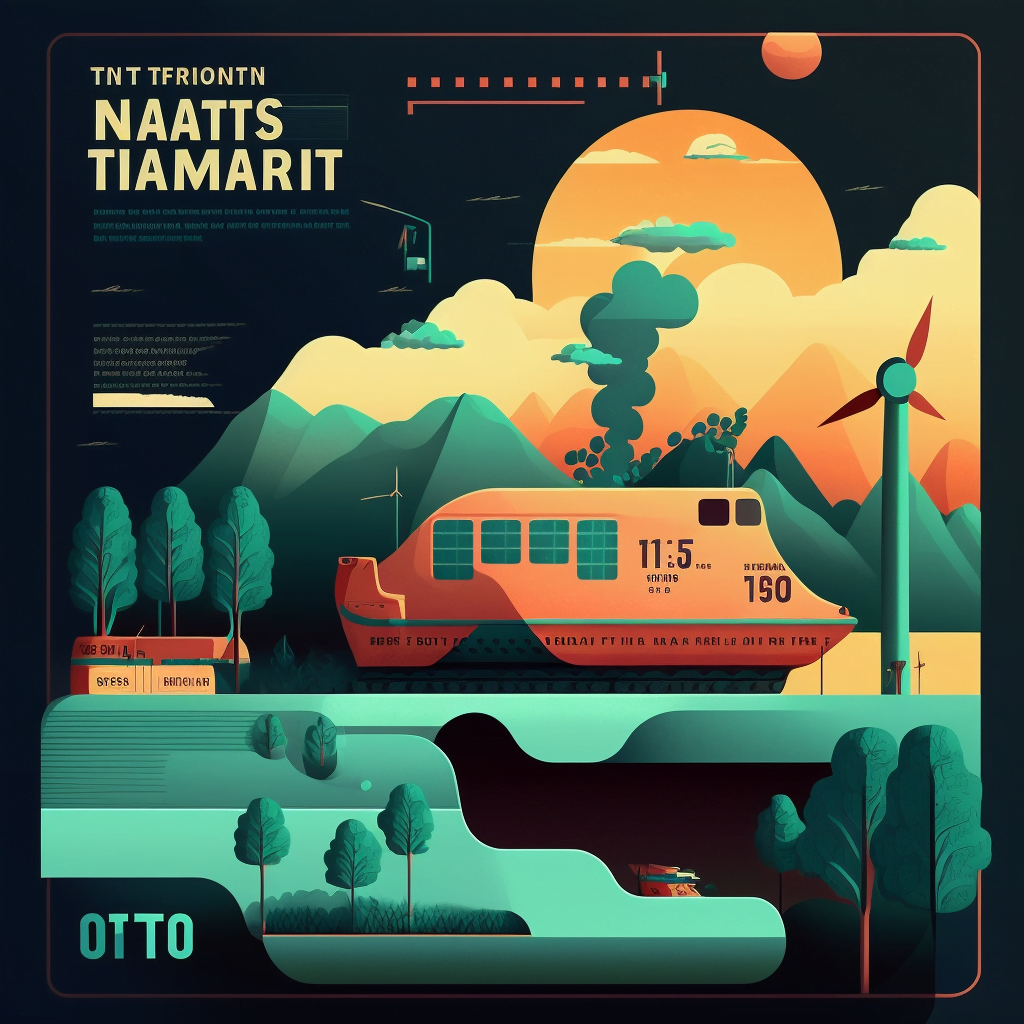Non-fungible tokens (NFTs) have become a hot topic in the world of digital assets, garnering attention for their potential to revolutionize various industries. However, along with the excitement surrounding NFTs, there are growing concerns about their environmental impact. In this article, we will discuss the carbon footprint associated with NFTs, the factors contributing to their energy consumption, and the sustainable solutions being developed to mitigate these effects.
The Carbon Footprint of NFTs
NFTs were predominantly built on the Ethereum blockchain, which used to rely on a consensus mechanism called proof-of-work (PoW) to validate transactions and maintain network security. PoW required vast amounts of computational power, resulting in high energy consumption and a substantial carbon footprint.
The energy-intensive nature of PoW led to criticism of NFTs, as the creation, trading, and ownership of these digital assets contributed to the overall environmental impact of the underlying blockchain network. Each NFT transaction consumed energy, with the total impact dependent on factors such as the volume of transactions and the energy sources used by the network’s miners.
Sustainable Solutions for NFTs
The NFT community and blockchain industry are actively exploring and implementing sustainable solutions to reduce the environmental impact of NFTs. Some of these solutions include:
- Transition to Proof-of-Stake (PoS): Ethereum, the leading platform for NFTs, has transitioned from PoW to a more energy-efficient consensus mechanism called proof-of-stake (PoS) with Ethereum 2.0. PoS relies on validators who lock up a portion of their cryptocurrency holdings to propose and validate new blocks. This approach significantly reduces energy consumption and carbon emissions compared to PoW.
- Layer 2 Solutions: Layer 2 scaling solutions, such as Optimism and Polygon, can help reduce the energy consumption associated with NFT transactions by processing them off the main Ethereum blockchain. These solutions enable faster and more energy-efficient transactions without compromising security.
- Carbon Offsetting: Some NFT platforms and creators have chosen to offset the carbon emissions associated with their NFTs by investing in renewable energy projects or purchasing carbon credits. While this approach does not eliminate the energy consumption of NFTs, it can help to balance their environmental impact.
- Eco-Friendly Blockchain Networks: Alternative blockchain networks, such as Flow and Tezos, use more energy-efficient consensus mechanisms like proof-of-stake from the outset. NFT projects built on these platforms can help minimize their carbon footprint and promote more sustainable practices in the industry.
Conclusion
As the popularity of NFTs continues to grow, it is crucial to address the environmental concerns associated with their use. By adopting sustainable solutions like proof-of-stake, layer 2 scaling, carbon offsetting, and eco-friendly blockchain networks, the NFT community can work towards reducing its carbon footprint and fostering a more sustainable future for digital assets.
























